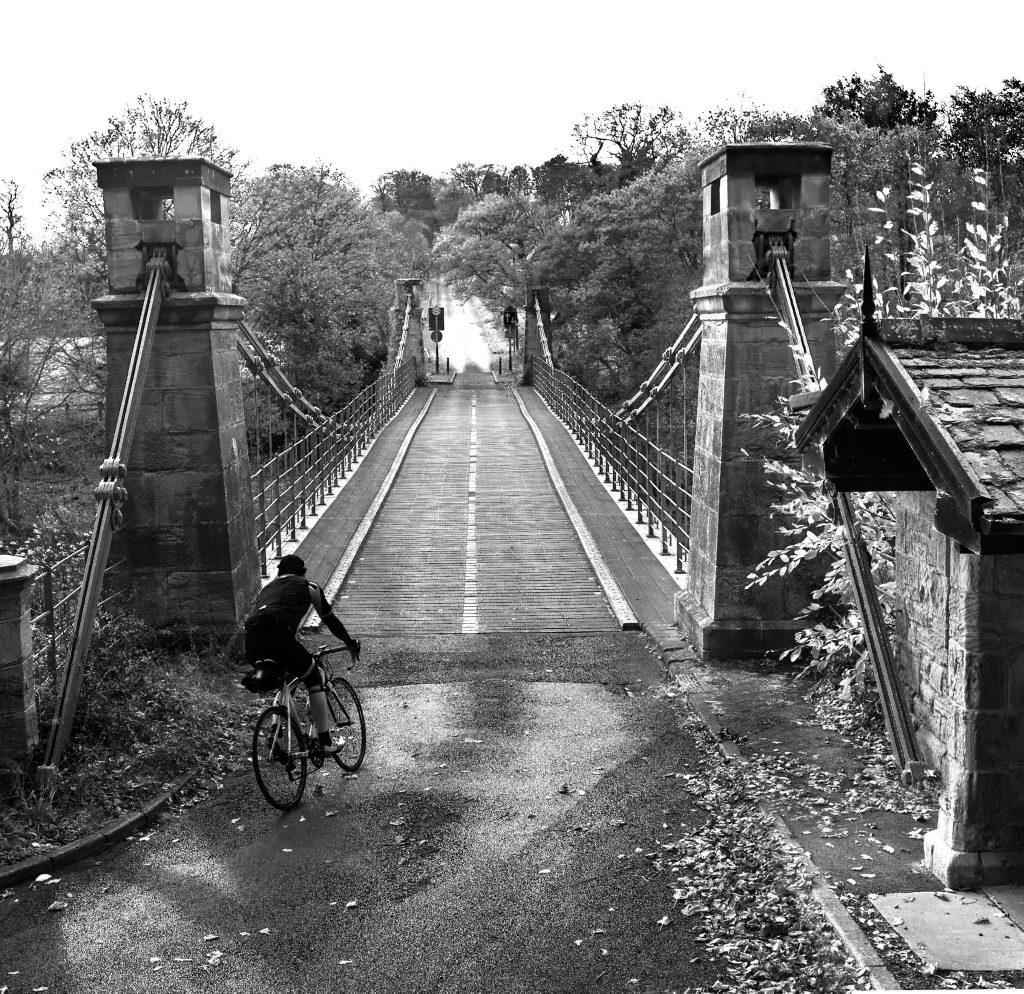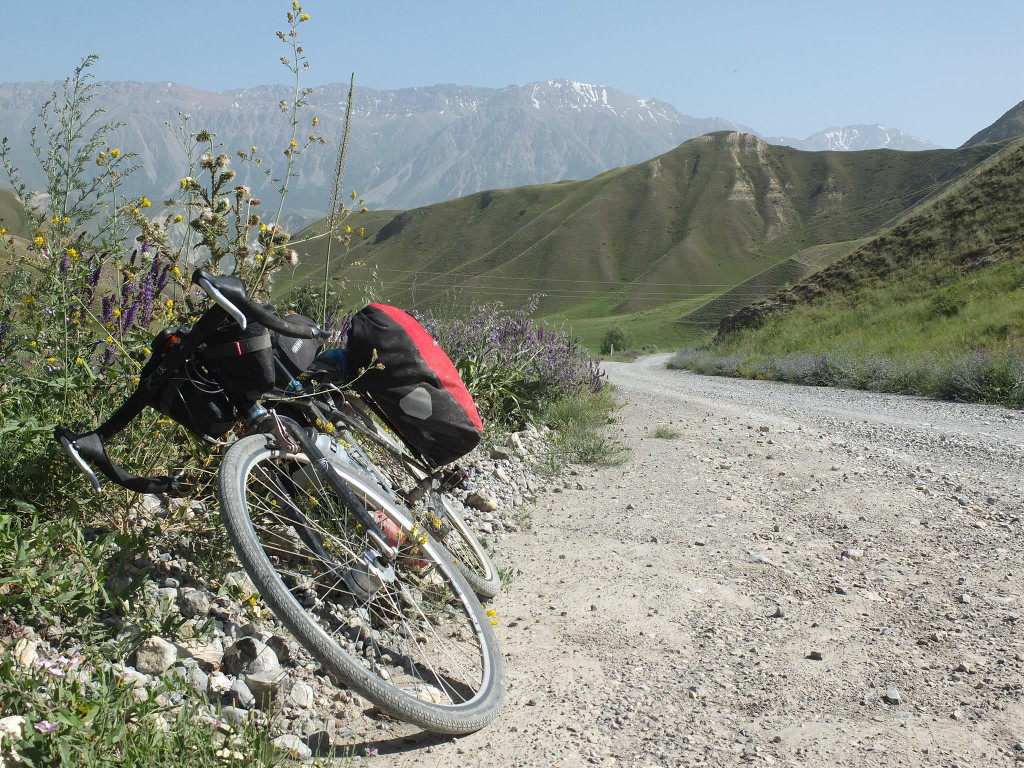
“Sirs, you cannot sleep in my service station. There’s a hotel over the road”
“We’ll only be here 90 minutes, getting a room would take too long”
“Sirs, you cannot sleep here. Someone may want to use the games machines”
“We’ll move if anyone comes” (but it’s 3am and they won’t)
“Sorry sirs, you can’t sleep here”
(At this point we called the attendant’s bluff and went to sleep. He didn’t wake us.)
Welcome to the world of long distance cycling. Why were my friend and I grabbing kip on the floor of Membury services in the small hours of the morning, halfway through a 600km epic, wearing smelly lycra and against the wishes of the staff? How had my cycling career come to this?
Back in 1904, ex-racer and Tour de France founder Henri Desgrange had a good idea. He’d been trying to promote touring rides in France, a step down from the races he also promoted but nonetheless good for the health of the nation’s youth. He noticed that over the border in Italy, organised groups of riders had been attempting ‘audacious’ long day rides of two hundred kilometres and more, styling themselves ‘Audax Italiano’, ever since a group of Italian hard riders had completed the 230km Rome-Naples between sunrise and sunset in 1897. This was exactly what France needed! Desgrange, his reporter Georges Lefevre and his paper L’Auto set about introducing France to the concept of Audax.
This concept was simple enough. To pass the ‘brevet’ (test) and qualify as ‘audax’ (from the Latin for ‘bold’) a group of riders needed to ride a predetermined 200km route in a day at the speed set by their ride captain, no mean feat in the days before derailleur gears and asphalt roads. As popularity grew, rides of 300, 400, 600 and eventually 1000km were added to the roster and in 1931 the Audax Club Parisien ran a version of the 1200km Paris-Brest-Paris pro race.
By now, the Audax Club had parted company with Desgrange. After an incident with some long distance walkers, he left the organisation and withdrew permission to award brevets. After a little tinkering with the rules, ACP were saved. Their new rides weren’t audaxes but randonnees and instead of riding at a set pace in a group with a captain, randonneurs now rode allure libre – at their own pace but between lower and upper speed limits. Routes would include several control points where riders’ ‘brevet cards’ would be stamped; controls only opened for a limited time so the rider’s aim was to make the control before the cutoff. Their minimum speed of 15kph (just over 9mph) doesn’t seem fast until you remember that the clock never stopped on these continuous rides: unless someone doing Paris-Brest-Paris was prepared to go without sleep for three days, they would need to build up several hours’ time cushion by riding faster than the limits.
Fast forward to 1976. No longer a pro race, Paris-Brest-Paris was by now the world’s most prestigious long distance ride with over a thousand starters. Due to demand, ACP had introduced qualifying 600km rides, necessary for any rider to enter PBP itself. Prospective British riders didn’t want to travel to France to ride these so they formed their own governing body Audax UK, and created the first British randonnee, Windsor-Chester-Windsor.
And so to the present day. Audax UK now has over 4000 members and each year, over 500 events are run under its auspices. These range from sunny 100km café rides, through 20 person, 600km ‘X Rated’ events starting from garage forecourts, right through to the 1500 rider, 1400km London-Edinburgh-London event at which all food is provided and school halls are hired where riders can catch a few hours sleep. For the real hard-riders, ‘permanent’ events are available, where you ride on your own at a time that suits you, supporting yourself and collecting shop receipts for proof of passage. Lands End to John O’Groats is one such ride, the time limit is 116 hours. Does anyone fancy a sub 5 day LEJOG?!
You don’t have to be a member to ride with Audax, that’s how I got started on a gentle 100km loop near York with a group of friends. Many people never go further, but over the next few seasons my distance crept up, until I was only one ride away from the benchmark of Audax riding: the Super-Randonneur series of 2, 3, 4 and 600km rides in one season. I bit my tongue and entered for the final 600k ride.
In my memories of that ride, lack of sleep looms large as do 400km of pain in one knee, our encounter with the Membury service attendant and a wrecked rear tyre at 2am. However, my memories also include magical 5am sightings of wild animals in rural Wiltshire, plus the special other-worldy feeling of riding silently through an ink-black night lit only by battery lights, travelling between towns as if by stealth. Most of all, my memories are of doing something extraordinary. On that August weekend, the group of us had ridden further than anyone else in the country. We weren’t special, weren’t highly trained athletes, just fairly normally-shaped people with a passion for long distance cycling. We’d spent two days managing food, sleep and effort to complete something which, when I’d first heard of it, I’d ascribed to those who were masochists, cycling gods or some combination of the two.
Decades ago, the professionals used to race over these distances. Now that the Paris-Brest-Paris and he 550km Bourdeaux-Paris pro races are no more and only one 24 hour time trial remain in the UK, Audaxers carry the flame. If you never, ever want to stop, if you have a taste for the epic and if you want your neighbours to think you’re mad and/or superhuman, why not give it a go?
This article originally appeared on cyclorama.com I used to be really into Audax. I don’t do it so much now, mainly due to pressure of time, but it’s a great sport. Try it: Audax UK would be only too happy to have you.
